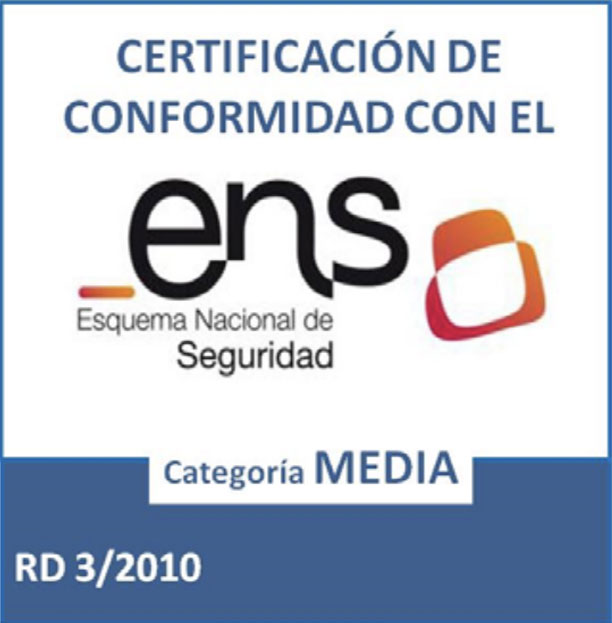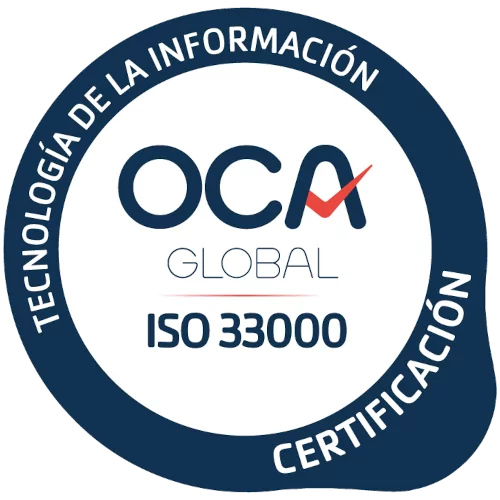
Overcome Digital Chaos: Effective Data Management Strategies
Data is constantly flowing, especially in large organisations that possess more information than ever before; but that information is often disorganised or not used to make the right decisions and is therefore irrelevant or unnecessary.
The promise that data will lead to smart, strategic decisions is thwarted when definition is unclear, maintenance is inconsistent and quality is poor. Instead of harnessing a valuable asset, organisations are faced with digital chaos that compromises their decision-making agility and accuracy.
Imagine a global enterprise that manages thousands of variables in its dataLayer. Each department defines data in its own way, systems process it inconsistently, and when executives finally ask for reports to make key decisions, they are faced with contradictory, incomplete or outdated data. This scenario is not a fiction, but an everyday reality in many organisations. Without proper control, data that should drive innovation and efficiency ends up being a barrier that slows down processes and distorts the strategic vision.
If your organisation is also challenged by a lack of data definition, maintenance and quality, read on to find the solution and prevent invisible errors from eroding competitiveness and undermining confidence in the critical decisions that will guide the future of your business.
Key Aspects of a Data-Driven Strategy
Data Definition
One of the biggest challenges organisations face is the lack of clear and standardised data definition. Often, different departments or systems handle the same data in different ways, leading to confusion and discrepancies. The lack of a common language to define key terms and variables causes inconsistencies, negatively impacting data analysis and systems integration. Without a precise and uniform definition, data loses its value as it cannot be correctly interpreted by all stakeholders.
Data Maintenance
It is not enough to have processes for storing and defining data correctly; it is also necessary to implement constant maintenance and review to ensure that the information remains relevant and useful.
Without automatic updating mechanisms and clearly defined roles for data management, the environment can become disorganised. This disorganisation not only affects data integrity, but can also result in inefficient and costly decision-making.
It is critical that companies take a proactive approach to data maintenance, including regular reviews and audits to identify and correct any inconsistencies. Ongoing maintenance ensures that data is accurate and aligned with the organisation’s strategic objectives, enabling more effective decision-making based on reliable information.
Data Quality
Accuracy, consistency, completeness and timeliness of data are essential to ensure proper decision making. However, errors in data capture, processing and management compromise data quality. Businesses often integrate data from a variety of sources, and without rigorous quality control, errors can be introduced that undermine operational efficiency and confidence in data systems.
The implementation of a new data management platform allows for the centralisation and homogenisation of information that was previously dispersed across multiple sources and managed in a fragmented manner. This change has not only improved data accessibility, but has also led to the creation of a robust and scalable data architecture. With a consolidated infrastructure, organisations can rapidly ingest, process and exploit information, resulting in a marked improvement in data quality.
In addition, the implementation of advanced data visualisation practices provides teams with the ability to interpret information more effectively. With clean, well-structured data, organisations can perform deeper analysis and gain valuable insights that support decision making.
Holistic solution
To address this, you can count on the Luce Analytics Data Quality Asset, a tool specifically designed to solve the problems of data definition, maintenance and quality in large organisations. This solution offers a comprehensive approach that allows you to monitor, process and send data quickly and efficiently from the client’s data layer to various third-party tools, ensuring consistency and quality at all times.
The main objective of Asset Analytics Data Quality is to ensure that organisations can continuously monitor the status of their data and ensure that it is being sent correctly to other platforms or systems. This is crucial to avoid errors and maintain the integrity of data as it is used by analytics, marketing or sales tools.
Standardised Definition
By configuring custom business rules, the customer can define precisely how the data in each variable and web page should look. This helps to ensure that all data is correctly standardised and that any new implementations or web pages follow the established definitions. In this way, Asset Analytics Data Quality reduces inconsistencies in data definition, allowing organisations to maintain a common language across their departments and systems.
Automated Maintenance
The asset allows data to be captured and processed in an automated way, facilitating its maintenance and continuous updating. Thanks to its fast processing capability, all necessary variables are monitored in real time, ensuring that they are kept up to date and that any problems can be detected and corrected immediately. This reduces the operational burden of manual maintenance and reduces the likelihood of errors or duplicate records.
Data Quality Control
With Asset Analytics Data Quality, companies can establish continuous quality checks on the status of each variable in the data layer, ensuring they meet standards for accuracy, consistency and completeness. The tool provides a complete view of data, enabling problems to be identified before they impact operations or analytics. In addition, its ability to manage data in real time ensures that information is always current and ready to be used reliably.
The quality, management and maintenance of data are fundamental aspects that can make the difference in the agility and effectiveness of your organisation, and the relationship with your competitive position.
If you would like to learn more about how to optimise your data management processes, we invite you to follow our blog for more information and resources. Don’t hesitate to contact us to find out how we can help you transform your data into a real asset.
Luce IT, your trusted technology innovation company
The history of Luce is a story of challenges and nonconformity, always solving value challenges using technology and data to accelerate digital transformation in society through our clients.
We have a unique way of doing consulting and projects within a collegial environment creating “Flow” between learning, innovation and proactive project execution.
In Luce we are going to be the best offering multidisciplinary technological knowledge, through our chapters, generating value in each iteration with our clients, delivering quality and offering capacity and scalability so that they can grow with us.
>> Would you like to work with Luce again?
>> Luce 2023 Master Plan: Winning the Game









